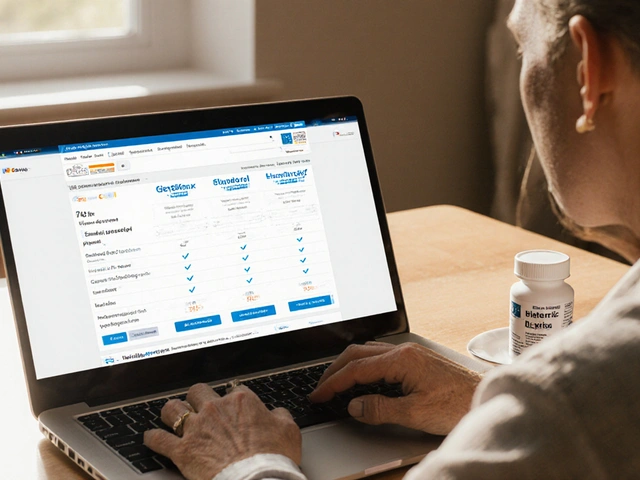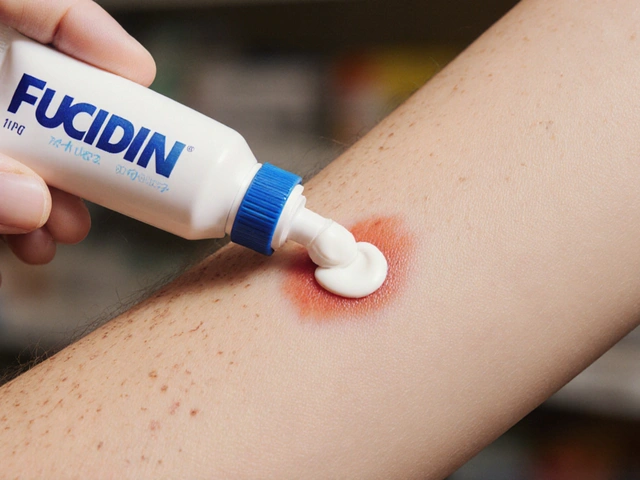Understanding Sulfonylureas for Diabetes Management
Managing diabetes often means finding the right medication to keep blood sugar levels steady. Sulfonylureas are one of the classic types of drugs used for this. They mainly help by prompting your pancreas to release more insulin, which lowers your blood sugar. If you or someone close to you is exploring options for diabetes treatment, knowing how sulfonylureas work is a good place to start.
These medications have been around for decades and are usually taken by mouth. Doctors often prescribe them when lifestyle changes like diet and exercise aren’t enough to keep diabetes in control. What makes sulfonylureas handy is their ability to directly encourage insulin secretion, which is crucial for people with type 2 diabetes who still produce some insulin but need extra help.
Benefits and Practical Use
One big plus of sulfonylureas is that they tend to lower blood sugar effectively, sometimes quickly. This helps reduce the risk of complications from high blood glucose, like nerve damage or heart issues. Many patients find them affordable and convenient, which adds to their appeal.
On the flip side, you should be aware of some common issues. The most talked-about side effect is low blood sugar, also known as hypoglycemia. This happens because sulfonylureas push out more insulin regardless of your meal timing, which can sometimes lead to a dip in sugar levels. Feeling shaky, sweaty, or dizzy? Those signs call for a quick blood sugar check.
Things to Keep in Mind
If you’re on sulfonylureas, it’s key to follow your doctor’s directions closely and not skip meals. Keeping snacks handy and monitoring your blood sugar regularly can help you avoid surprises. Also, these medications might not be right for everyone—people with certain kidney or liver problems may need alternatives.
Lastly, sulfonylureas are just one tool in a larger toolkit for managing type 2 diabetes. Combining them with healthy eating, physical activity, and other medications as recommended enhances your chance at better control. Always chat with your healthcare provider if you notice any weird symptoms or have questions about your drugs.
In short, sulfonylureas have stood the test of time as solid players in the diabetes fight. Knowing how to use them smartly and safely can make a real difference in managing your health every day.





